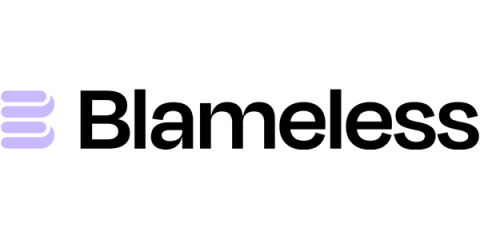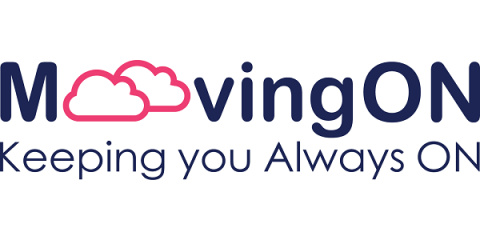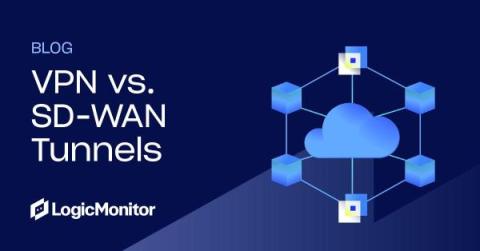Take Your Pick! The Best Server Monitoring Tools on the Market
IT professionals are always presented with myriad solutions when seeking additional software for their network infrastructure. When it comes to server monitoring solutions, there are multiple options available. After all, every organization has its own needs, individual infrastructure and software requirements. With that in mind, the following list is a guide to help IT professionals select what they believe may be the best possible server monitoring solution for their organization.











